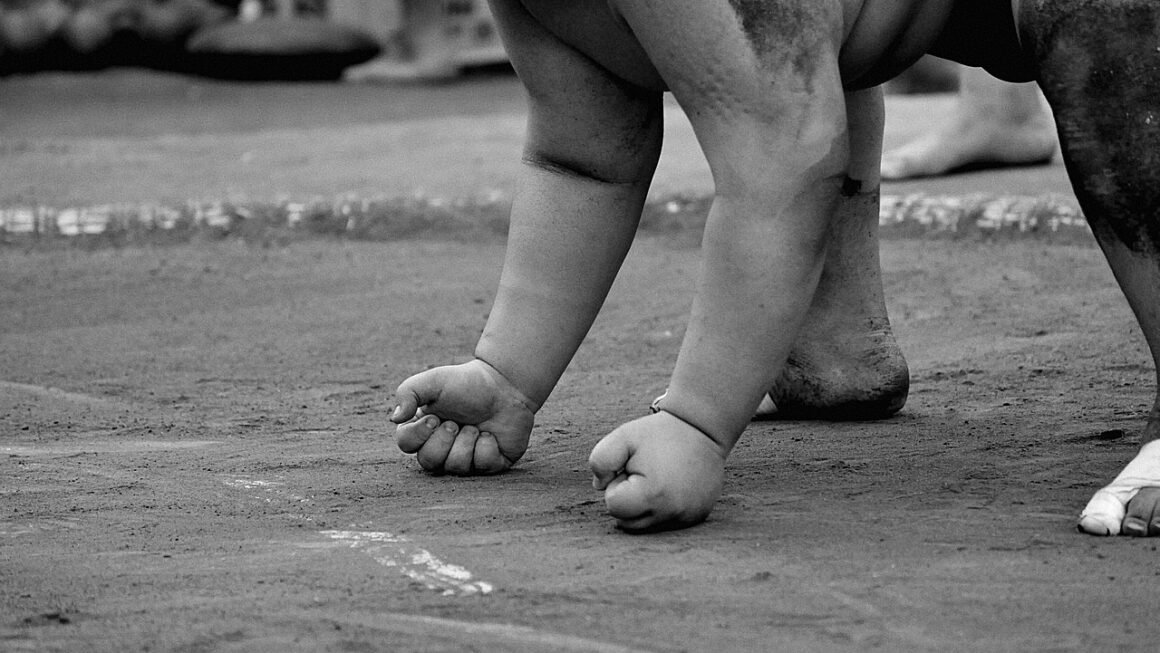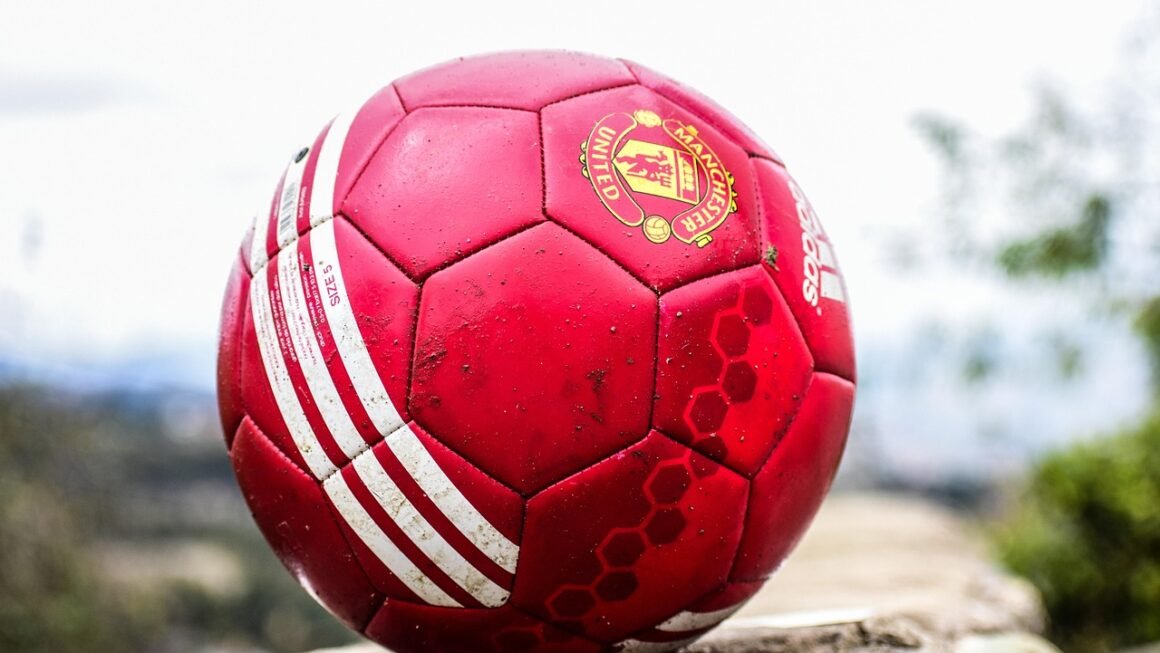Handball, often overlooked in the world of sports, is a dynamic and fast-paced team sport that combines elements of basketball, soccer, and hockey. Played with a ball and two teams of seven players (six outfield players and one goalkeeper), the objective is to throw the ball into the opponent’s goal. This high-energy sport demands agility, strength, and tactical prowess, making it a thrilling spectacle for both players and spectators. Let’s dive into the world of handball and explore its intricacies.
What is Handball? Understanding the Basics
Handball, sometimes called team handball or Olympic handball, is played on a rectangular court with a goal at each end. The game consists of two 30-minute halves, separated by a 10-15 minute halftime break. Players advance the ball by dribbling or passing it to teammates, and they can take a maximum of three steps without dribbling. A goal is scored when the entire ball crosses the goal line inside the goal.
Key Features of Handball
- Fast-Paced Action: The continuous flow of the game keeps players and viewers engaged.
- Strategic Gameplay: Teams must coordinate offensive and defensive strategies to succeed.
- Physical Demands: Handball requires a high level of fitness, agility, and strength.
- Accessible Sport: Relatively simple rules make it easy to understand and enjoy.
- Teamwork Emphasis: Success relies heavily on effective communication and collaboration.
Handball Court Dimensions and Equipment
The standard handball court is 40 meters long and 20 meters wide. The goals are 2 meters high and 3 meters wide. Other important markings include:
- Goal Area Line (6-meter line): No offensive player is allowed inside this line unless they are in the air having released the ball.
- Free-Throw Line (9-meter line): Free throws are taken from this line after minor fouls.
- 7-meter Line: Penalties are taken from this line, directly in front of the goal.
Essential equipment includes a handball (smaller than a soccer ball), suitable athletic shoes, and team jerseys. Goalies often wear protective gear.
Rules and Gameplay: How Handball is Played
Understanding the rules of handball is crucial for appreciating the nuances of the game. The sport involves a combination of dribbling, passing, shooting, and defending, all governed by specific regulations.
Fundamental Rules of Handball
- Steps: A player can take a maximum of three steps while holding the ball without dribbling.
- Dribbling: A player can dribble the ball continuously. However, after stopping the dribble, the player can only take three steps or pass the ball.
- Holding the Ball: A player can hold the ball for a maximum of three seconds.
- Contact: Players are allowed to use their torso to block opponents, but pushing, hitting, or endangering opponents is prohibited.
- Entering the Goal Area: Only the goalkeeper is allowed inside the goal area. Field players can jump into the area as long as they shoot before landing.
Common Fouls and Penalties
Fouls in handball can result in free throws or penalties, depending on the severity and location of the infraction.
- Free Throw: Awarded for minor fouls. The free throw is taken from the spot where the foul occurred.
- 7-meter Penalty: Awarded for fouls that prevent a clear scoring opportunity. The player takes a direct shot at the goal from the 7-meter line.
- Warnings (Yellow Card): Given for unsportsmanlike conduct or repeated fouls.
- Suspensions (Two-Minute Suspension): A player is removed from the game for two minutes for serious fouls or repeated misconduct.
- Disqualification (Red Card): A player is permanently removed from the game for particularly egregious fouls or unsportsmanlike behavior.
Basic Strategies and Tactics
Offensive strategies in handball often involve coordinated movements and quick passing to create scoring opportunities. Defensive tactics focus on blocking shots, intercepting passes, and disrupting the opponent’s attack. A common offensive formation is the 3-3, where three players are on the back line and three are on the front line. Defensive formations often involve a 6-0 formation, where all six defenders line up along the 6-meter line. Counter-attacks are vital in handball; quickly transitioning from defense to offense can lead to easy scoring chances.
The Benefits of Playing Handball
Handball offers a wide range of physical, mental, and social benefits, making it an excellent choice for athletes of all ages and skill levels.
Physical Benefits
- Improved Cardiovascular Health: The high-intensity nature of the game enhances cardiovascular fitness.
- Increased Strength and Endurance: Handball requires both strength and endurance for running, jumping, and throwing.
- Enhanced Agility and Coordination: The sport develops agility, coordination, and reflexes.
- Full-Body Workout: Handball engages muscles throughout the entire body.
- Weight Management: The vigorous activity burns calories and helps maintain a healthy weight.
Mental Benefits
- Improved Strategic Thinking: Players must develop strategic thinking and decision-making skills.
- Enhanced Focus and Concentration: The fast-paced nature of the game requires constant focus.
- Stress Relief: Physical activity helps reduce stress and improve mood.
- Increased Confidence: Mastering handball skills can boost self-confidence.
- Improved Reaction Time: Quick decision-making under pressure enhances reaction time.
Social Benefits
- Teamwork and Collaboration: Handball promotes teamwork and collaboration skills.
- Social Interaction: Playing on a team provides opportunities for social interaction and building friendships.
- Communication Skills: Effective communication is essential for success in handball.
- Sportsmanship: Learning to compete fairly and respect opponents.
- Sense of Belonging: Being part of a team fosters a sense of belonging and community.
Handball Around the World: Popularity and Major Competitions
Handball is a popular sport in Europe, particularly in countries like Germany, France, Spain, and Denmark. It’s also gaining popularity in other parts of the world, including Asia and South America.
Key Regions and Countries
- Europe: Handball has a strong following in Europe, with professional leagues and passionate fans. Countries like Germany and France consistently rank among the top teams in international competitions.
- Asia: Handball is growing in popularity in Asia, with countries like South Korea and Qatar making significant strides.
- Africa: Several African nations are developing strong handball programs, with Egypt being a notable contender.
- South America: Argentina and Brazil are among the leading handball nations in South America.
Major Handball Competitions
- Olympic Games: Handball has been a part of the Summer Olympic Games since 1972, providing a global stage for the sport.
- World Men’s Handball Championship: Held every two years, this tournament features the best national teams from around the world.
- World Women’s Handball Championship: Similar to the men’s championship, this tournament showcases the top women’s national teams.
- EHF Champions League: Europe’s premier club competition, featuring the best teams from across the continent.
- EHF European Championship: A biennial tournament for European national teams.
Rising Popularity and Future Trends
Handball’s popularity is on the rise, driven by increased media coverage, growing grassroots programs, and the sport’s inherent appeal. Future trends include:
- Technological Advancements: The use of technology to enhance officiating, player performance analysis, and fan engagement.
- Increased Professionalization: Continued growth of professional leagues and player development programs.
- Global Expansion: Efforts to promote handball in new regions and countries.
- Emphasis on Youth Development: Investing in youth programs to cultivate future generations of players.
Conclusion
Handball is a captivating sport that combines athleticism, strategy, and teamwork. With its fast-paced action and dynamic gameplay, it offers numerous physical, mental, and social benefits for players of all ages. Whether you’re a seasoned athlete or new to the sport, handball provides an exciting and rewarding experience. As the sport continues to grow in popularity worldwide, now is the perfect time to explore the world of handball and discover its unique appeal.



